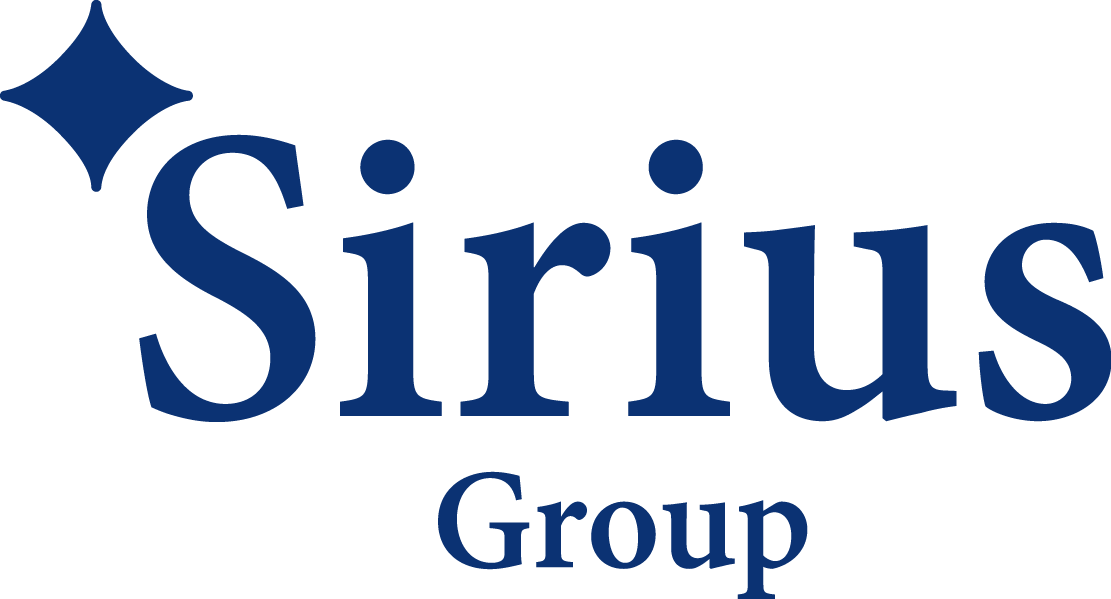Further loss creep from typhoon Jebi has hit the performance of Sirius International Insurance Group, Ltd. in the second-quarter of 2019, driving the firm’s net income down from $98 million in Q2 2018 to $7 million in Q2 2019.
 The impact of loss creep from Jebi also hit the firm’s H1 2019 result, with net income in the period falling to $102 million, compared with $138 million in H1 2018.
The impact of loss creep from Jebi also hit the firm’s H1 2019 result, with net income in the period falling to $102 million, compared with $138 million in H1 2018.
For the second-quarter of 2019, Sirius has reported a net underwriting loss of $19.2 million and combined ratio of 105.4%, compared with underwriting income of $54.9 million and a combined ratio of 83% in the second-quarter of 2018.
The firm explains that this was driven by an underwriting loss of $14 million in Global Property which produced a combined ratio of 108% in the second-quarter of 2019, which was mainly driven by unfavourable prior year loss reserve development of $56 million, primarily from typhoon Jebi.
Specialty & Casualty also fell to an underwriting loss in the quarter, of $8 million and recorded a combined ratio of 109%, which was mostly a result of net unfavourable prior year loss reserve development of $6 million and higher current accident year losses for the Aviation & Space book.
Global A&H recorded underwriting income of $8 million in the second-quarter of 2019 and a combined ratio of 97%.
Net unfavourable prior year loss reserve development also hit Sirius’ run-off and other segment in the quarter, which recorded an underwriting loss of $6 million.
Pre-tax catastrophe losses, net of reinsurance and reinstatement premiums, reached $8 million in the second-quarter of 2019.
In Q2, the firm’s loss ratio increased significantly from 49% in 2018 to 75% in 2019. The acquisition expense ratio improved slightly to 20.8% in Q2 2019 from 21.6% in Q2 2018. Other underwriting expense ratio improved from 12.4% in Q2 2018 to 9.6% in Q2 2019.
For the first-six months of the year, Sirius’ underwriting result was more positive, at $18.5 million. The Global Property unit produced underwriting income of $19 million and a 94% combined ratio, which was driven mostly by unfavourable prior year loss reserve development of $67 million, partially offset by low current year catastrophe losses.
Global A&H recorded a positive underwriting result of $20 million, while Specialty & Casualty produced an underwriting loss of $10 million and a combined ratio 106%, driven mainly by a $4 million loss from the first quarter 2019 Ethiopian Airline flight crash and net unfavourable prior year loss reserve development of $5 million.
Run-off & other fell to an underwriting loss in the first-half of the year, of $11 million, which again is a result of unfavourable prior year loss reserve movements.
Kip Oberting, President and Chief Executive Officer (CEO) of Sirius, said: “Our bottom line results continued to be positive due to the strong investment environment in the second quarter. However, we experienced adverse development on prior year property reinsurance reserves, driven primarily by 2018 Japanese events, which weighed on our earnings for the quarter.
“Changes in pricing and terms are mixed, as we continue to shed underperforming accounts, but note positive movement, primarily in loss affected areas. There are also incremental growth opportunities in Global A&H, Specialty & Casualty, and our run-off Solutions business.”
The firm’s Chief Financial Officer (CFO), Ralph Salamone, added: “Our Operating income, and more specifically our Global Property underwriting results were negatively impacted in the quarter by additions to net prior year loss reserves.
“Most of the additions relate to prior year catastrophe losses with the largest increase being Typhoon Jebi, where industry loss estimates have increased dramatically since the event occurred. Offsetting this on a bottom line basis, our investments performed well as did our Global A&H segment, which continues to produce nice, steady profits.
“Overall, net premium volume was more than 10% higher for the six months compared to last year, with growth coming in Accident & Health and Casualty lines.”
In Q2 2019, net investment income increased by 26% to $24 million when compared with the same period in 2018. And, for H1 2019, net investment income reached $45 million, which is up 50% on the same period in 2018.


